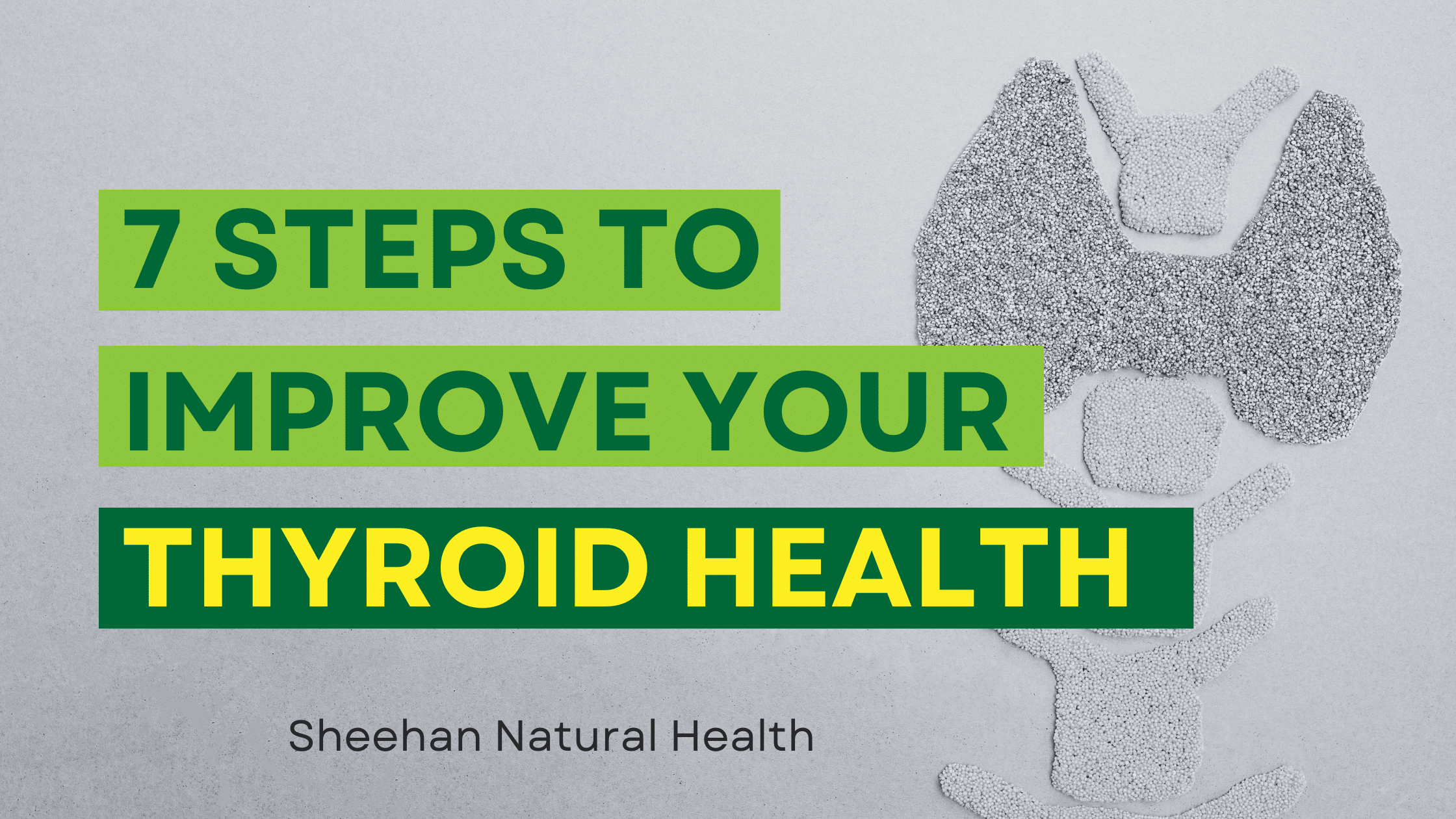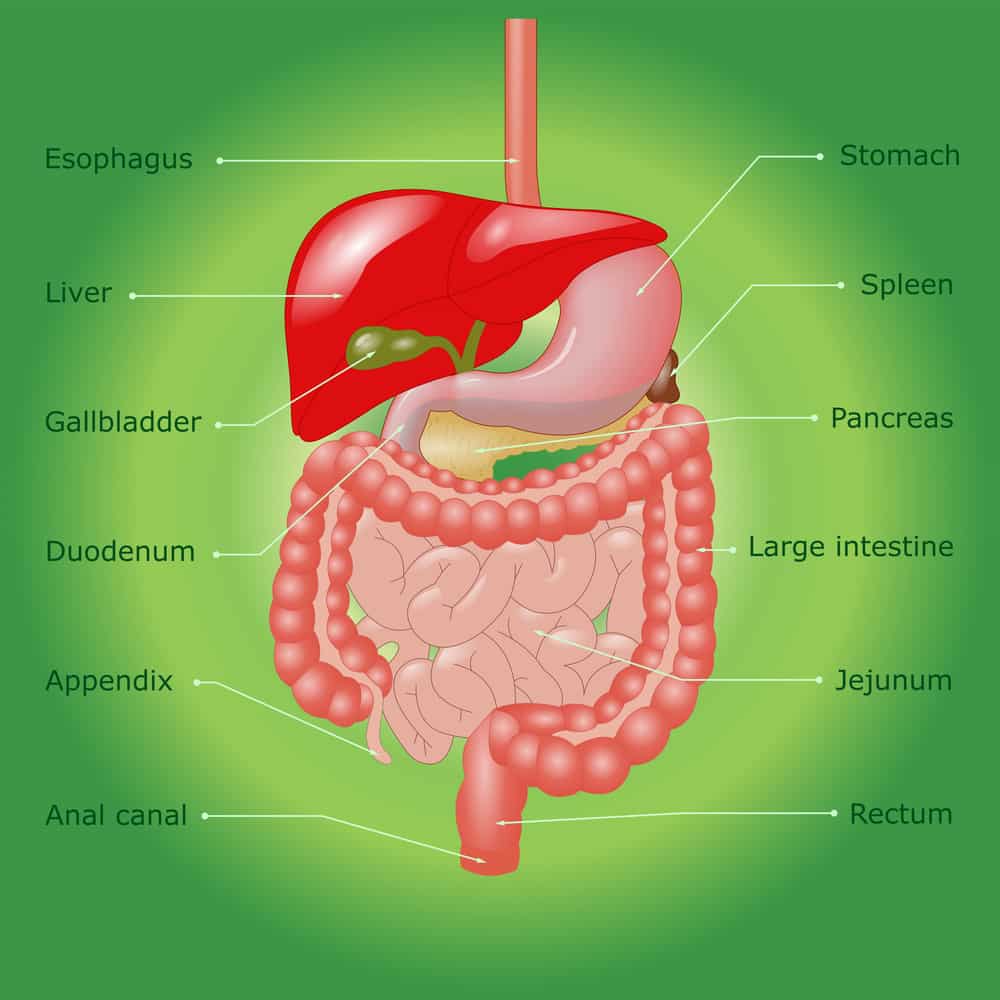The Different Food Groups, and How much You Should Eat of Each Every Day
Many are confused by the current trend of many different types of diets. Hi-carb, low-carb, Atkins, vegetarian, vegan, South-Beach, HCG, and list goes on. What I want to do is give you a general overview of the different food groups, and a general idea of how much you need of each, for overall health. Before we get started, though, I should start off by saying that everyone is different, and so they need different amounts of each food group. This is a good starting place, however.
Non-Starchy Vegetables-Non-Starchy vegetables are extremely nutrient and fiber dense. They should make up the bulk of one’s diet. My favorites are kale, brussel spouts, cauliflower, dandelion greens, romaine, carrots, beets, radishes, celery, peppers, sweet potatoes(even though they are starchy, they are also loaded with fiber, vitamins and minerals, much more so than the other starchy vegetables), yams, onions, mushrooms, and so on (this is not an exhaustive list). Notice that I did not mention corn, potatoes, and other starchy vegetables. These are more of a starch, and even though they are good for you, they are very dense in carbohydrates, and really should be eaten in very small quantities (especially by American standards). In returning to health, we should really eat these non-starchy vegetables as often as possible, at least 3 times a day. Vegetables should be your snacks, especially when paired with a good protein source, such as raw cheese, eggs, nut and seed butters, and hummus. To aid in detoxification of the body, the more you eat of these, the better. Some people agree, some don’t, but I juice veggies every morning. Just make sure that if you juice, you juice mostly veggies, you shouldn’t juice much fruits at all (definitely do not try to juice a canned ham).
About juicing: some say to leave the fiber in, but, for most people (myself included), I just don’t have time to prepare food all day! So I juice in the morning, which ensures I get a ton of veggies in my diet every day. I juice: kale, cucumber, carrots, beets (with the greens), watercress, dandelion greens, ginger, and parsley. I get this in every morning. It’s a little rough going down, but it definitely helps me stay healthy. It goes without saying that if you eat a lot of veggies in your life, every day, you will most likely have lower cholesterol, blood pressure, weigh less, and have much less of a chance of getting cancer, heart disease, stroke, diabetes, and so on. Eat your veggies! Or at least do like I do, and juice a ton of them! Try to get in at least 5 servings a day.
Here’s a rundown of the therapeutic benefits of vegetables: celery lowers blood pressure, beets (with the greens attached) and carrots detoxify the liver and gallbladder, and will lower cholesterol, dandelion greens, parsley, cucumber and asparagus detoxify the kidneys, cabbage juice is good for ulcers, kale (along with the other cruciferous veggies, such as broccoli, cauliflower, brussel sprouts, cabbage, and bok choy) is anti-cancerous, and is excellent for detoxifying the liver. That’s just a partial list, but a good start.
As an aside, I think it’s very important to get organic veggies where possible, it seems that non-organic veggies have all sorts of garbage in them that are linked to cancer and hormonal problems, in both men and women.
Fruits-I love fruits, of all types, but, sadly, we really should eat more veggies than fruits. You should try and eat twice as much veggies as fruits. Try and always go organic with fruits, the pesticides they put on them are just scary. What’s worse is that the pesticides get through the skin, and you can’t wash them off! Stick with organic.
Fruits can be very therapeutic. Apples fight high cholesterol, liver and gallbladder problems, help in weight loss, and clean out the arteries. Cherries lower uric acid levels (help with gout), lower H1AC levels in diabetics, and lower blood sugar. I prescribe cherries to anyone with feet pain, arthritis or not, as it often helps. Blueberries help most, if not all brain degenerative diseases. A cup a day is very therapeutic. Cranberries help heal the urinary tract of infections. Lemons balance pH. Grapefruit aid in weight loss, and are great sources of bioflavonoids. Papaya and pineapple have natural enzymes that are great for digestion. These are just some of the benefits of different fruits.
Overall, I would say that I eat 1-3 servings of fruit a day, and so should you. One of the easy ways to get them in my diet is to eat my Lydia’s Organics Grain Free Granola. Its recipe is based on apples, sprouted nuts, seeds, and other dried fruits. Also, the different protein shakes I suggest usually use fruits as an ingredient.
By the way, I love all fruits, berries, bananas, apples, pears, whatever-bring it on!
Proteins-I put all proteins in the same category, for ease of treatment, even though they are very different. This category includes meat, fish, chicken, dairy, eggs, sprouted nuts, seeds, and legumes. Notice how I did not include soy, or seitan. Soy is almost always genetically modified, and most preparations of it are known to include goitrogens and carcinogens in them, so I just stay away from them. Seitan is usually just wheat gluten, the number one food allergy. So I stay away from soy and seitan.
Make sure that any meat you eat is grass fed, without antibiotics, and hormones. Having meat that is grass fed ensures that it is high in omega 3 fatty acids, the type that is all over the news right now. You don’t have to take much, if any, fish oil if you eat grass fed beef.
Eggs and chicken should be from cage free chickens, once again, because they are higher in omega 3 fatty acids, and lack the antibiotics and hormones given commercially farm raised chickens.
Fish should always be wild caught, never farm raised. Farm raised fish are fed all sorts of garbage, have lower omega 3 fatty acid contents than wild caught, and tend to have a lot more disease. Stay away from them at all cost.
Raw dairy is a great, but mostly overlooked source of protein. Why is raw dairy so good, you might ask? Well, we will have one whole class based on raw dairy, but suffice to say, it’s a great source of essential fatty acids, undenatured (raw, uncooked protein), and it adds tons of variety to your diet. It’s a fact that all tribes on earth ate raw dairy at one time, except for one in Africa, so it’s natural for most humans to eat it. Not only that, but Lancaster County is the proverbial raw dairy capitol of the country! Just make sure it is from properly inspected, certified providers, otherwise, it can be dirty, and you can get sick. I consume about 1 gallon/wk of raw milk, a pound of raw cheese, and get my hands on as much raw cottage cheese as possible!
Raw, sprouted seeds, nuts and legumes are not as high, or complete as the aforementioned sources of protein, but they are high in natural enzymes, fiber, vitamins and minerals. They are also a Godsend for vegetarians, and add spice to omnivore’s diets as well. To sprout seeds, nuts and legumes, just get them raw, and organic, soak them overnight, rinse in the morning, and consume as you would any seed, nut, or legume. You can even cook the legumes for any recipe you would normally have legumes in it. Raw, sprouted seeds, nuts, and legumes are great for keeping you regular.
So there’s a bunch of different types of protein. How much should you eat? Well, depending on your size, activity level, and body type, I recommend 10-30 grams/meal. Depending on your activity level and body type, I recommend 3-6 meals/day. It’s not so much as how much you should have per day, as much as how much you should have per meal. Why do you need to have it every meal? Well, it helps to stabilize blood sugar, and other hormones in the body.
Grains-The human body did not evolve eating much grain, and, therefore, I don’t see it as important as the previous 3 food groups. Most treating doctors (or at least ones with education on nutrition) agree that, as a culture, we really over consume and put way to much emphasis on grains. There is tons of evidence that gluten containing grains should be avoided by around 75% of the population. Since most people who come to see me already have some sort of health problem, I just tell them to avoid glutens until further notice. Guess what? Those that do almost always tell me how much better they feel! When I first started practice, some patients just wouldn’t get better. Well, guess what? About 90% of them did when I put them on a gluten free diet. So that is step one in my nutritional program now.
If you are going to eat grains, at least eat only half as much as you used to eat, and go for strictly gluten free grains, such as quinoa, long grain brown rice, amaranth, millet, gluten free oats, and buckwheat. I eat about 1-2 servings of grain per day, usually quinoa or buckwheat. It’s in my favorite cereal from Lydia’s Organics. As an added bonus, buckwheat especially keeps you regular.
Fats-Alright, I’m just going to get this out of the way: fat is not bad for you! What’s more, if it’s the good fats, it’s very good for you!
Coconut oil has been shown to support thyroid and immune function, and helps you burn fat! In fact, the type of fat that is primarily in coconut oil is almost impossible to store as fat!
There are tons of books out right now about the advantages of fish oil. Fish oil will help lower blood sugar, decrease cholesterol, triglycerides, lowers blood pressure, helps depression and anxiety, strengthens the immune system, and reportedly even fights cancer! Unless you get enough of the oils found in fish from raw dairy, grass fed beef, wild caught fish and free range chickens, you should definitely take a fish oil supplement.
And what about raw butter? Well, here’s a list of some of the researched benefits of raw butter:
- Butter is rich in the most easily absorbable form of Vitamin A necessary for thyroid and adrenal health.
- Contains lauric acid, important in treating fungal infections and candida.
- Contains lecithin, essential for cholesterol metabolism.
- Contains anti-oxidants that protect against free radical damage.
- Has anti-oxidants that protect against weakening arteries.
- Is a great source of Vitamins E and K.
- Is a very rich source of the vital mineral selenium.
- Saturated fats in butter have strong anti-tumor and anti-cancer properties.
- Butter contains conjugated linoleic acid, which is a potent anti-cancer agent, muscle builder, and immunity booster
- Vitamin D found in butter is essential to absorption of calcium.
- Protects against tooth decay.
- Is your only source of an anti-stiffness factor, which protects against calcification of the joints.
- Anti-stiffness factor in butter also prevents hardening of the arteries, cataracts, and calcification of the pineal gland.
- Is a source of Activator X, which helps your body absorb minerals.
- Is a source of iodine in highly absorbable form.
- May promote fertility in women.9
- Is a source of quick energy, and is not stored in our bodies adipose tissue.
- Cholesterol found in butterfat is essential to children’s brain and nervous system development.
- Contains Arachidonic Acid (AA) which plays a role in brain function and is a vital component of cell membranes.
- Protects against gastrointestinal infections in the very young or the elderly.
Those are my three favorite oils. However, other good oils are flax seed oil (high in omega 3 fatty acids, although not the ones found in fish oil, so generally, not as good for you), and olive oil (high in monounsaturated fats, it’s known to lower cholesterol, blood sugar, triglycerides, blood pressure, and cholesterol. It also displaces harmful omega 6 fatty acids from cells). Honorable mention fats include sesame seed oil, almond oil, walnut oil, macadamian oil.
Any oil high in omega 6 fatty acids should be avoided, including: sunflower, safflower, corn, soybean and cottonseed oils. The human body needs a fatty acid profile of roughly 1:1 of omega 3:omega 6 fatty acids. However, most processed foods are loaded with omega 6 fatty acids, even hydrogenated omega 6 fatty acids. That’s why I say to go for the omega 3 fatty acids, and other oils not high in omega 6 fatty acids, this will help you rebalance you fatty acid ratio.
So what are the dangers of eating too many omega 6 fatty acids in ratio to omega 3 fatty acids? If your ratio of omega 6 to omega 3 fatty acids is too high, you run a higher risk of pain, inflammation, and blood clotting. Recently, scientists have found that inflammation is and integral part of the chronic disease process of heart disease, cancer, arthritis, diabetes, and so on. So, basically, a poor omega 3 to omega 6 ratio is kind of a stepping stone for chronic disease to take place in your body.
Water-Last but not least, there’s water. I find that this is one of the biggest and most easily correctable deficiencies and humans. 75% of patients with back pain who were deficient in water decreased their pain when they started drinking it. I can personally attest that I have a number of patients with herniated discs that did not get better with previous chiropractic care until they started drinking water. Water helps to detoxify the kidneys, urinary bladder, colon, skin, and lungs. I recommend drinking pretty much anything but tap water. Some say that spring water is best, some day reverse osmosis: I just make sure that what they are drinking doesn’t have junk in it, like tap water. By the way, it’s best to purify your shower/bath water too. Did you know that showering with chlorinated water is like drinking 6 glasses of chlorinated water? You absorb a huge amount through your skin.
I don’t know why I put this list at the end, but here it is: a chart of different juices and their benefits
Juice Benefits
- Cucumber juice—Cleanses your kidneys, lowers high blood pressure and improves skin problems.
- Beet juice– Cleanses the blood and strengthens the gall bladder and liver.
- Broccoli Juice— Boosts immune systems helping to fight viruses, bacteria and cancer.
- Carrot Juice—Carrot Juice has numerous benefits. High in vitamin A helps in maintaining good prenatal health, eyesight, bones and teeth, liver and nails, skin and hair.
- Cabbage Juice—It has ulcer-healing capabilities, but should be used in conjunction with a doctor’s prescribed therapy.
- Tomato Juice— Contains Lycopene, helps in fighting cancer.
- Garlic Juice— This flavorful juice acts well against cataract and cold. It has anti bacterial properties. It is used in the treatment for tuberculosis, entercolitis, amoebic dysentery asthma and bronchitis.
- Ginger Root Juice— Protects the stomach from irritation. Relieves from Migraines and motion sickness.
- Onion Juice— May reduce the risk of heart disease and colon cancer. Boost immune system and help alleviate skin problems. May help resist arthritis pain.
- Wheat Grass— It is used as Enema. It Detoxifies the walls of the piles.
Bitter gourd Juice Anti-diabetic Medicine, purifies blood - Bottle Gourd Juice— Treats stomach acidity, indigestion, ulcers, epilepsy and other nervous diseases.
- Pomegranate Juice— May Reduce Cholesterol, helps to reduce Blood Pressure, Fights certain forms of cancer
- Orange Juice— Helps in treating Anemia, constipation, Indigestion, weight loss. Helps to prevent cancer.
- Apple Juice— Protects from heart decease and cancer. Helps prevent aging.
- Pineapple Juice— Pineapple juice is a good source of Vitamin C. Sore throats and bronchitis are relieved by sipping the juice. Useful for women suffering from painful periods. Effective remedy for intestinal worms.
- Grape Juice— Grape juice helps reducing fatigue by replenishing your body’s iron supply.




